Effective collaboration is not merely about increased activity but increased impact—and the result of effective collaboration should not simply be increased morale trust and communication between teammates but also tangible increases to your business’ bottom line and ability to innovate.
If your business is struggling to get rid of some of these causes of ineffective and inefficient collaboration here are some techniques you can use:
1: Regularly audit your team's collaborative process
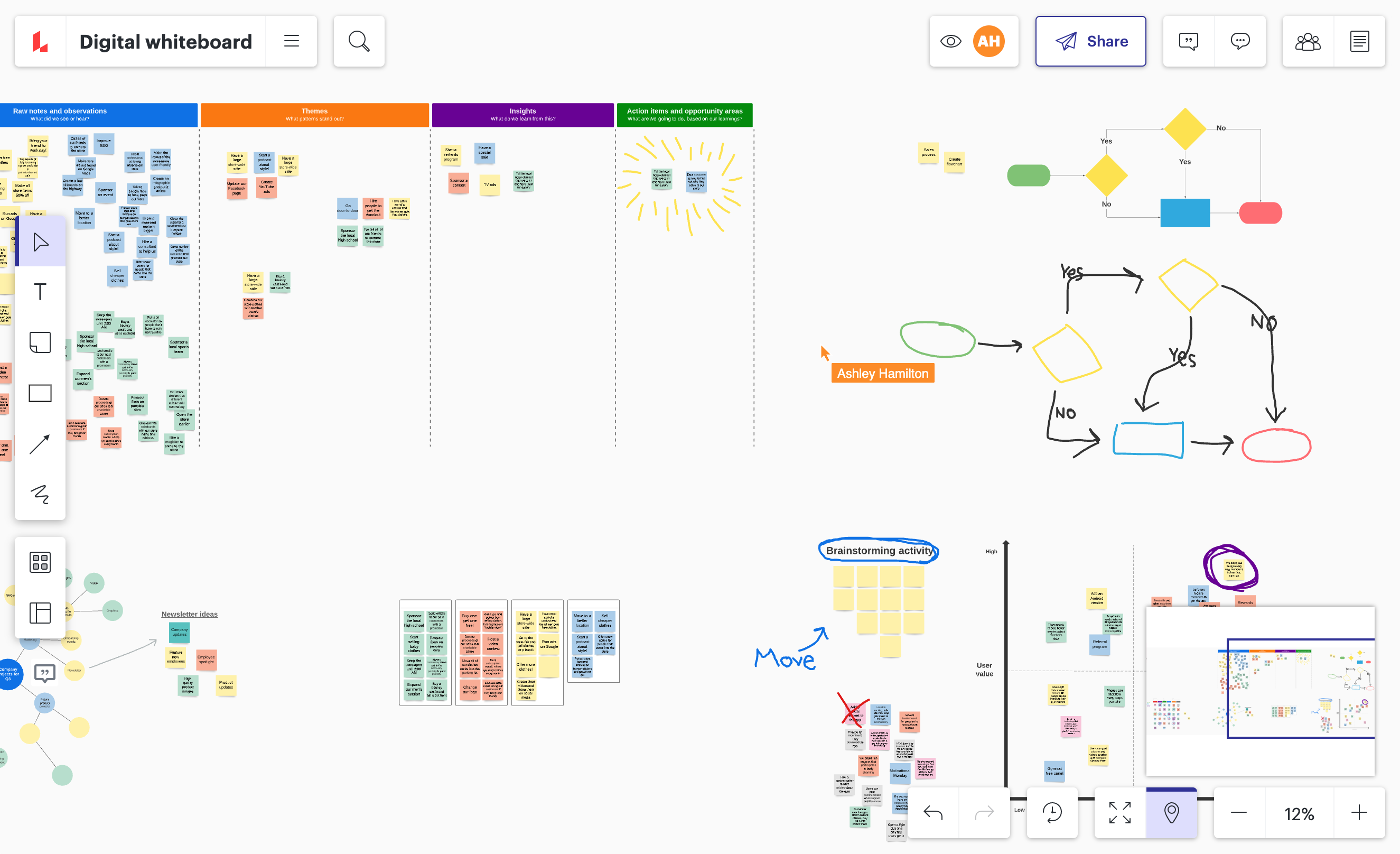
Conduct regular audits to evaluate your team’s collaborative efforts. You can do this formally as a part of a sprint or project retrospective or informally as often as you need to.
Additionally reflect on collaboration methods as part of your audit. If you haven’t already consider whether your team could benefit from converting a board room chat or Zoom meeting to a collaborative working session in a visual collaboration platform.
2: Utilize pre-existing templates
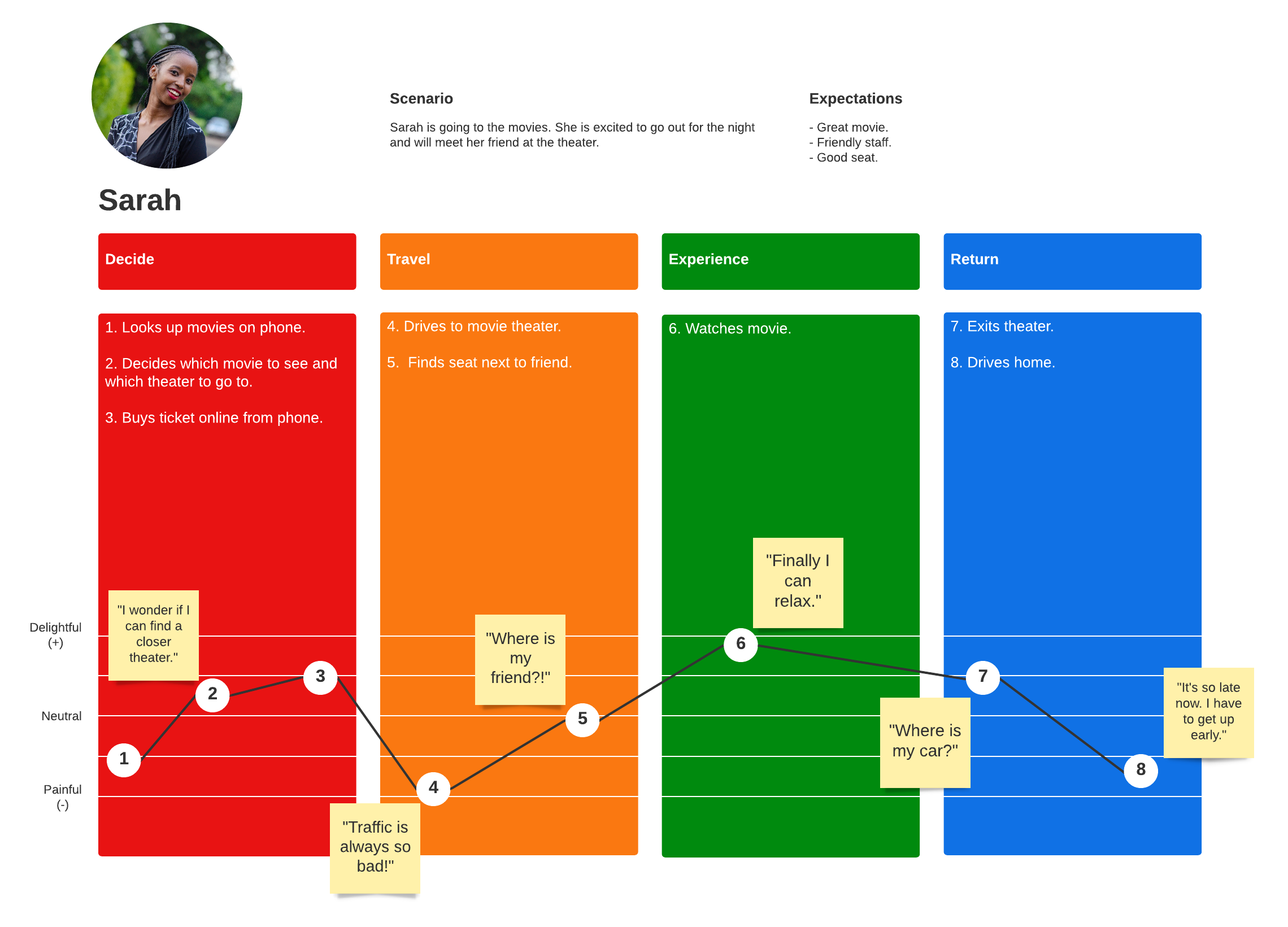
When you select useful templates for your team you create a bridge between people’s different collaboration styles so everyone feels comfortable contributing. This decreases the amount of warm-up time to get people on the same page so everyone enters the emergent thinking zone faster.
If you’re looking for a place to start here are some suggestions.
3: Incorporate premortem brainstorms
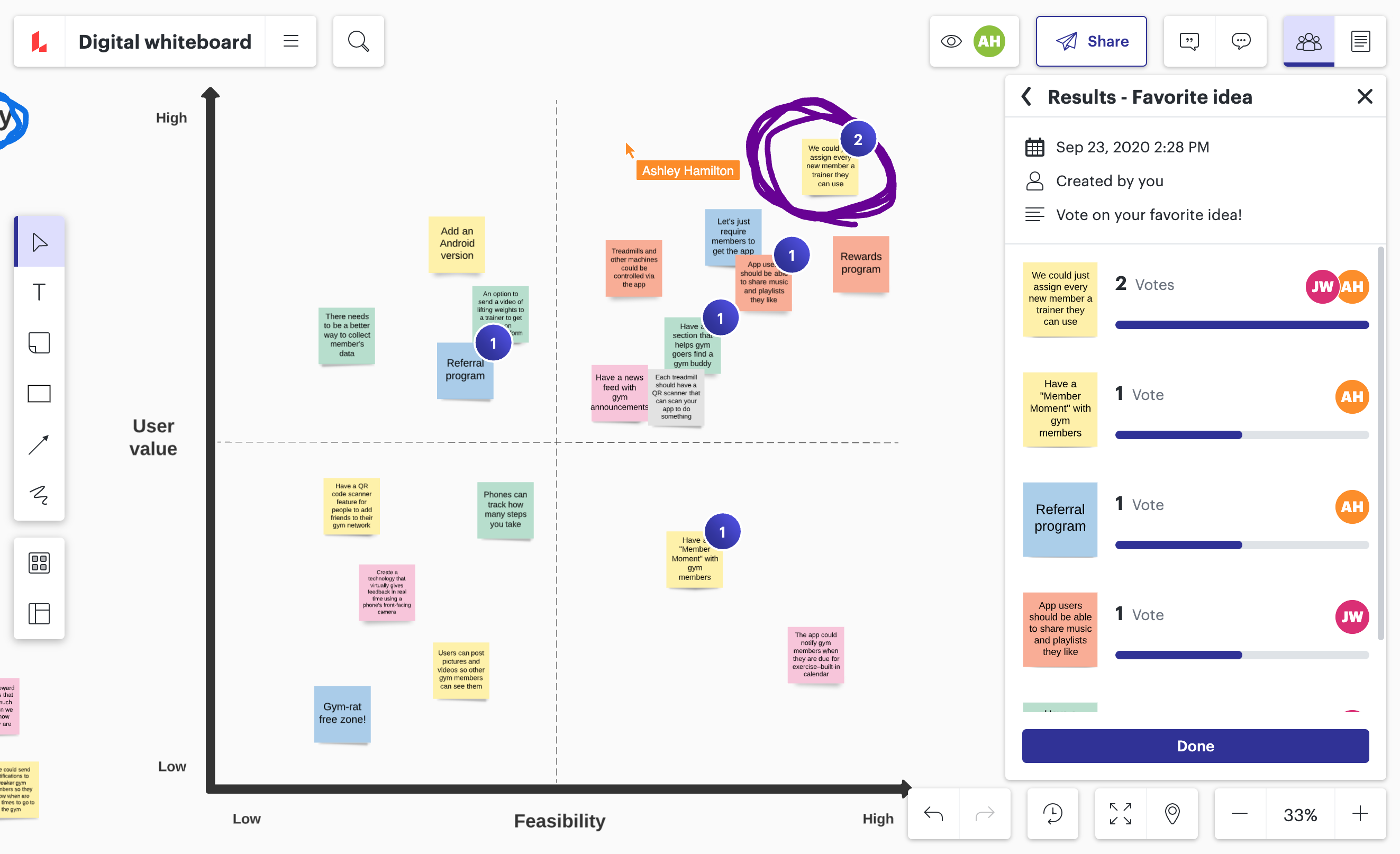
The more time you can invest up front anticipating difficulties the more time savings you’ll enjoy on the opposite end of the project that can be spent on other collaborative projects. Hosting a premortem discussion allows your team to get into deep discussions on potential roadblocks and headwinds early on in a project as a way of reducing the potential for failure.
4: Get used to documenting as you go
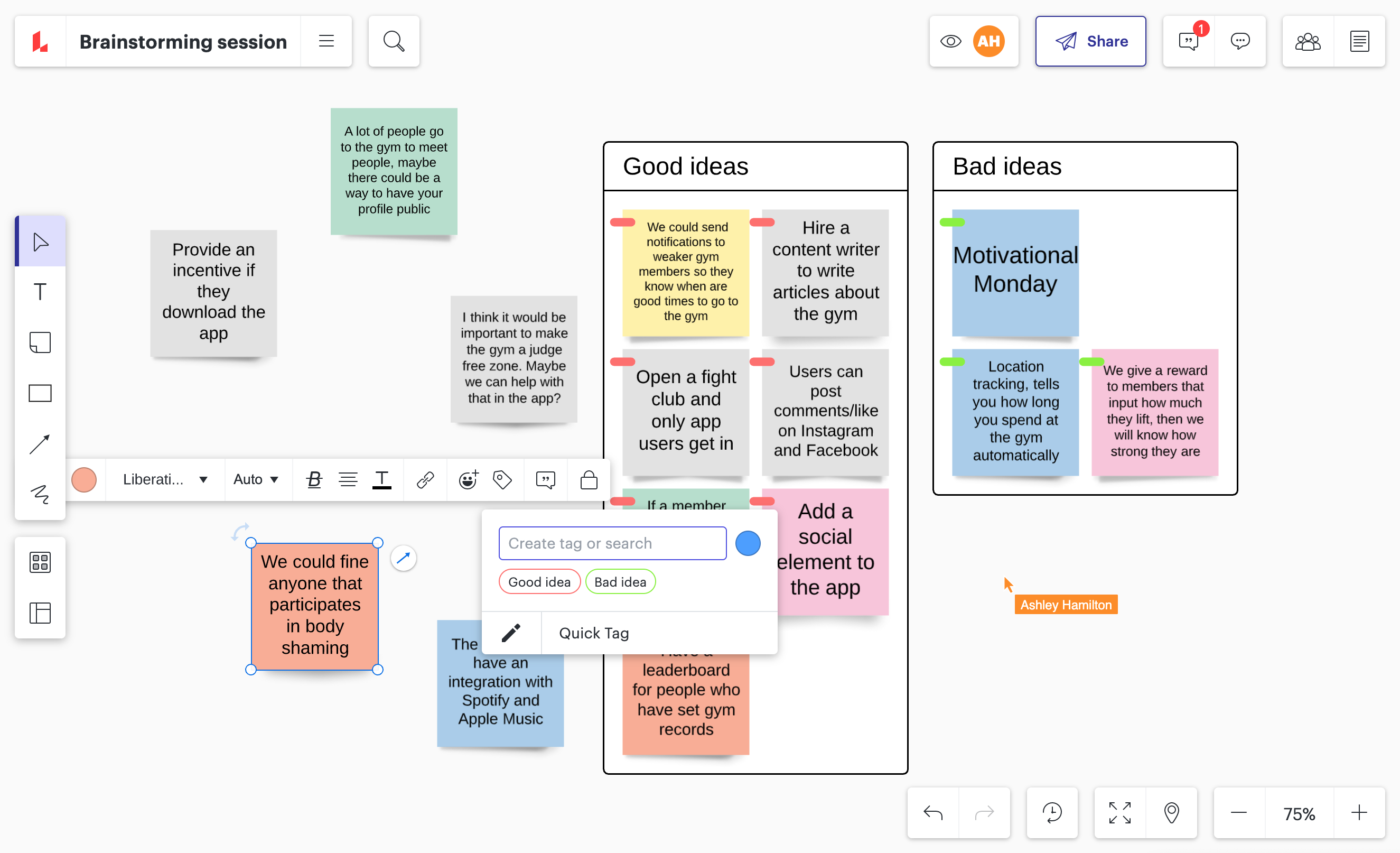
When you’re using a visual collaboration canvas as your hub for all your collaborative work you’ll be able to more easily keep collaborating asynchronously with all your notes ideation and processes contained in a shared space.
This not only allows for quick and easy alignment across the business so information can be shared with whoever needs it it also deepens the innovative architecture of your business so that everyone is involved in the creative process.
5: Always go in with a plan
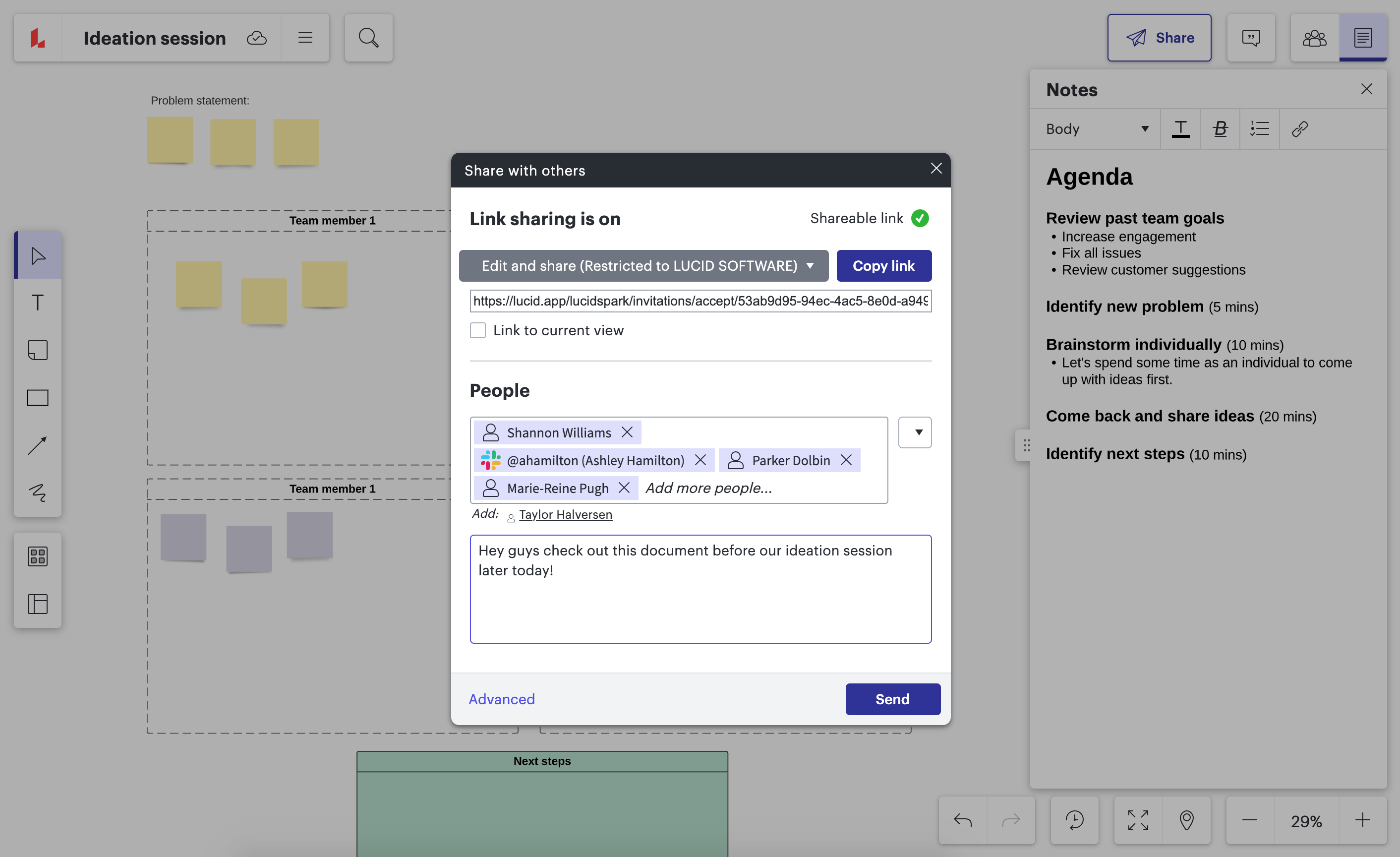
If you leave your meeting’s agenda to chance inefficiency will likely be its only output. Having a clear plan for a meeting ensures the important topics are prioritized time isn’t wasted and participation is encouraged.
Send your agenda out a few days in advance and consider including preparation items. That way attendees can arrive ready to jump right into the collaborative process.
6: Collaborate in a visual collaboration platform
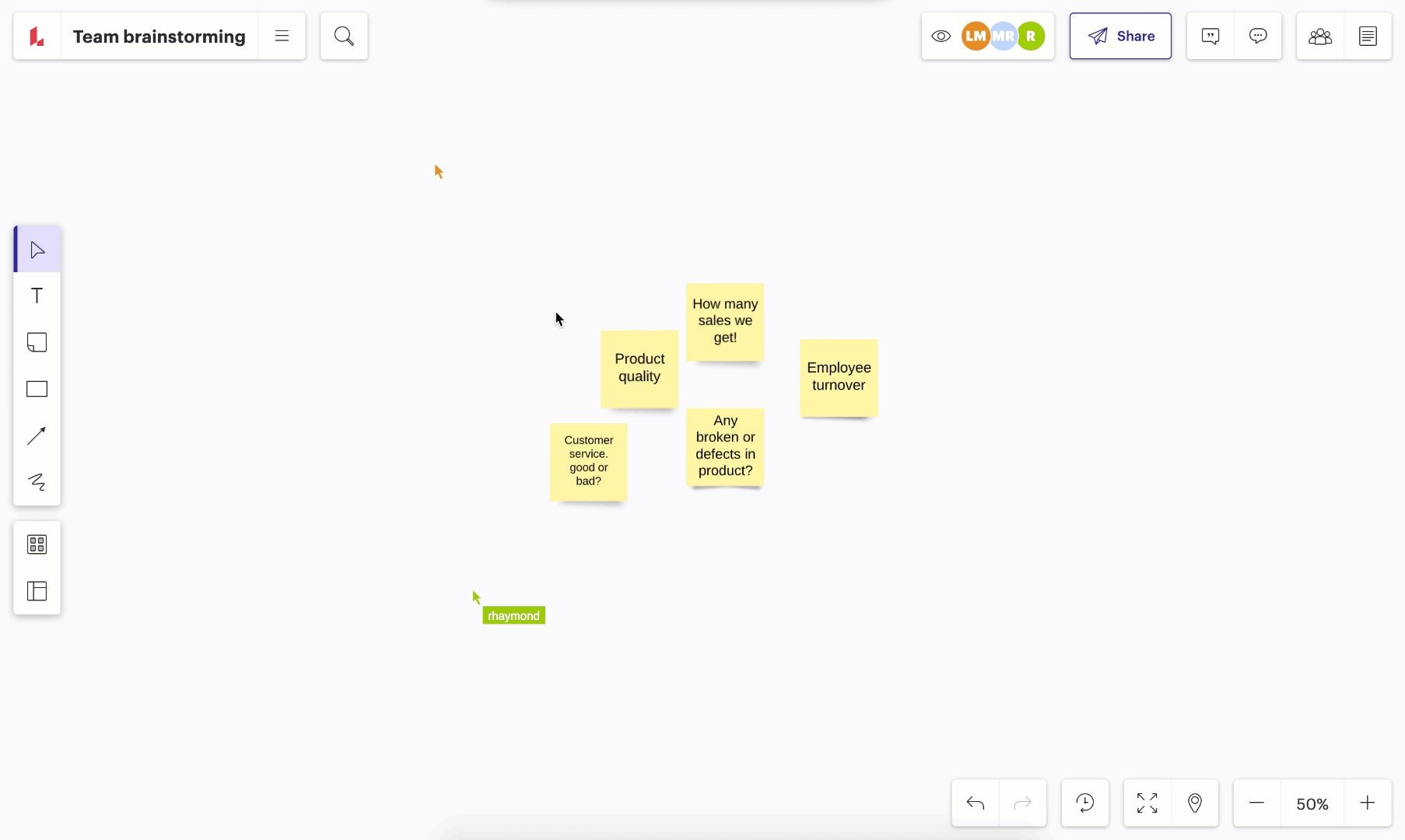
Cohesive apps are integral to your team’s effectiveness. Compiling key information in a visual collaboration suite like Lucid allows you to examine your work comprehensively through its lifespan while simultaneously integrating with the other helpful collaboration apps you’re already using.
Ready to invest in a visual collaboration guide? Read our checklist of features you should be looking for.